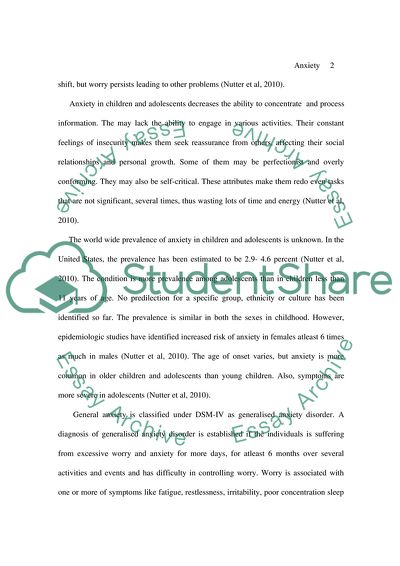Cite this document
(How Anxiety Affects Adolescence in Life Literature review, n.d.)
How Anxiety Affects Adolescence in Life Literature review. https://studentshare.org/psychology/1744477-literature-review-how-anxiety-affects-adolescence-in-life
How Anxiety Affects Adolescence in Life Literature review. https://studentshare.org/psychology/1744477-literature-review-how-anxiety-affects-adolescence-in-life
(How Anxiety Affects Adolescence in Life Literature Review)
How Anxiety Affects Adolescence in Life Literature Review. https://studentshare.org/psychology/1744477-literature-review-how-anxiety-affects-adolescence-in-life.
How Anxiety Affects Adolescence in Life Literature Review. https://studentshare.org/psychology/1744477-literature-review-how-anxiety-affects-adolescence-in-life.
“How Anxiety Affects Adolescence in Life Literature Review”. https://studentshare.org/psychology/1744477-literature-review-how-anxiety-affects-adolescence-in-life.


